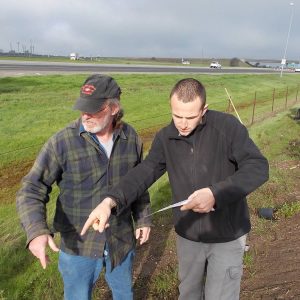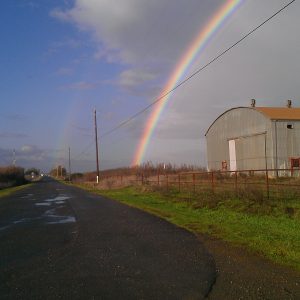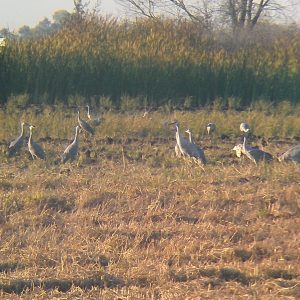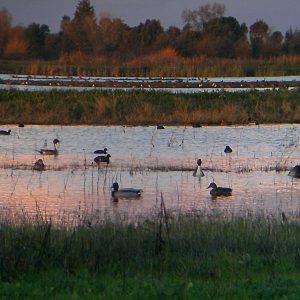My main project, Seeds of Success, has finished for the season so I have been gaining many new experiences in the Farmington, NM field office during my last month here.
I have been able to sit in on several office meetings with resource specialists. The most fascinating was a National Environmental Policy Act (NEPA) discussion with representatives of BLM natural resources branches and the project manager and consultant from Williams Oil and Gas. The company has submitted a proposal for a liquid fuels pipeline spanning from Ignacio, CO, crossing New Mexico, and ending in El Paso, TX. They were doing research on possible roadblocks that could occur on BLM land with regard to protected plants, animals, riparian areas, and cultural sites. It was really cool to see an active presentation, discussion and debate on this plan. I believe personal communication is so much more powerful than email and at times even more efficient.
A couple weeks ago I went out in the field with our tribal coordinator, Esther, to scout the proposed pipeline route and make a tally of Navajo homesteads near the path of the pipeline. Esther will be consulting them about the pipeline and present information about the installation process. It seems that they don’t have weighted input for the pipeline but Esther is doing her best to explain the project and answer any questions. I wonder how the oil company views these homesteads.
This past week I filled in for the threatened and endangered species biologist. The purpose of my last field trip was to record any evidence of golden eagle nests or eagle presence in the Largo Canyon area. There is an oil well proposed to be constructed above the main canyon wall and one of the contractors thought she saw an eagle soaring off the edge of the cliff. The golden eagle is a Biodiversity Conservation Concern species in New Mexico. It is a fairly stable species throughout its range but its small population size make it vulnerable to habitat encroachment. A GIS specialist, Adam, was anxious to get out of the office and accompanied me. The road we were going to follow to the target site had been closed to conserve the wilderness area. We climbed a couple of hills to view the canyon wall and eventually decided to bring our adventure deeper into the canyon to check out some side tributaries. With binoculars swaying and tripods teetering we hiked through the thin layer of snow up canyon. Adam saw a large bird swoop down in a hunting motion, but just for a glimpse. We documented a few sites of whitewash (poo) on the walls, but there were no recent nests to be seen. It was still a lovely day to be outside as my last field day in New Mexico. We did see some fresh and cool tracks in the canyon wash- a large cat and a bear.

Adam using the spotting scope to scan the distant canyon wall. The crisp magnification on that instrument is absolutely remarkable
This is my last week in Farmington and I am devoted to trying to finish up my last project. I am working on a plant identification field guide that will accompany the new reclamation seed mix requirements our office is administering in January. My mentor, Sheila, has removed most of the introduced species off the seed mix choices and developed mixes specific to 8 native community types in northwest New Mexico. It is a very rewarding project with which to complete my CLM term. I feel very proud and privileged to be working on this field guide. I see it as a form of environmental education that I only recently obtained the education and experience on myself. When I first came to New Mexico, I would have needed that field guide to look at the flora here. Now I have acquired the skills to create it with a familiarity of the plants. The guide will be used by our office staff who survey oil and gas well pads and also by operators, contractors and consultants who are responsible for reclaiming vegetated areas that have been disturbed by their energy projects.
I will treasure the experience and exposure I had with many different resource types in the four corners area: plants, wildlife, canyons, rivers, rangeland. I will especially remember the friendships I have made here in the 7 months. When field work wound down I was able to get to know many fine people in our office and what their work entails. I wish the next interns good luck in their quest for seeds in this unique part of the country. Even though Farmington isn’t my dream town, I know I was meant to spend some time here. To learn and to love and now, to leave.
Deidre Conocchioli
Farmington, NM BLM

View from the Farmington BLM office. It’s our first snow that has stuck around for a couple days

























